秋(July – September)
According to Japan’s traditional calendar of 24 solar terms (Nijūshi-sekki), July to September corresponds to “autumn.” (For Japan’s 24 solar terms (Nijūshi-sekki),please refer to “Japanese Annual Events: A Year of Traditions and Celebrations”)
However, in the Western sense, July and August are clearly summer months. This difference shows how Japan perceives the changing of the seasons in its own cultural rhythm. Here, we introduce the traditions and memories associated with the months from July to September.
July
July 1 – 山開き (Yama-biraki: Opening of Mountain Climbing)

opening day for ordinary climbers
On July 1, rituals for “mountain-opening” are held at the starting points of mountains where climbing had been prohibited during the winter. In ancient times, mountains were regarded as sacred places, and only ascetic practitioners of Buddhism or Shinto were allowed to enter. Even today, climbing in certain areas during winter is restricted unless special permission is granted. For Japanese people, mountains such as Mt. Fuji are objects of worship, so this ritual marks the beginning of the official climbing season and pray for safety. After the ceremony, people climb the mountains to enjoy the scenery and the blessings of nature.
July 7 – 七夕 (Tanabata Festival)
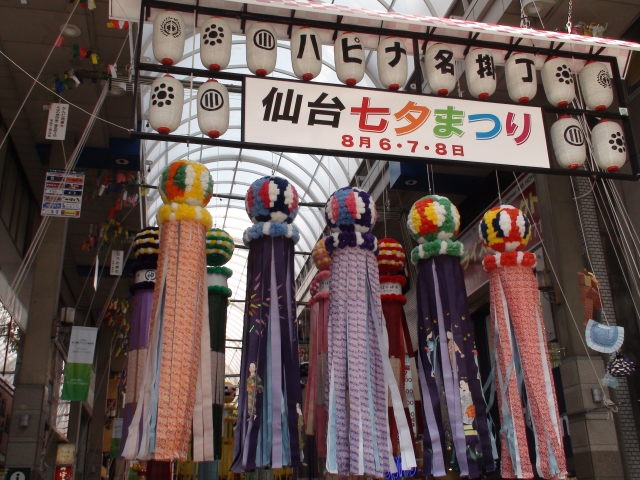
Colorful Tanzaku (wish papers) hanging
from bamboo branches
Tanabata, or the Star Festival, is celebrated on July 7.
It originates from an old Chinese legend that two stars, Hikoboshi (the Cowherd) and Orihime (the Weaver Princess), are allowed to meet only once a year on this day. People write their wishes on small strips of paper (tanzaku) and hang them on bamboo branches. In Sendai City, one of the most famous Tanabata Festivals is held, but it follows the lunar calendar and takes place in August.
July 13–16 – お盆 (O-Bon)
Obon, or more formally Ura-Bon-e (盂蘭盆会), is a Buddhist observance for honoring ancestors and the deceased.
In Tokyo, Obon is held from July 13 to 16. Historically, Obon was based on the lunar calendar, so in many regions of Japan today, the festival is observed in mid-August instead. During Obon, families welcome the spirits of their ancestors back home, visit graves, and join local Bon dances (Bon-odori).
👉 More details about Obon
Late July – 土用の丑の日 (Doyo-no-Ushi: Eel Day)
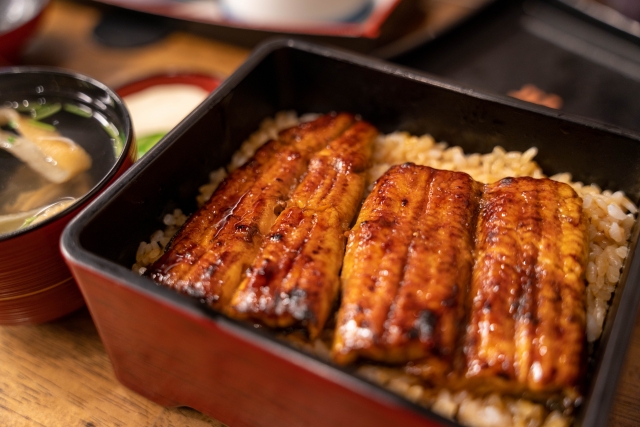
a popular dish to endure the summer heat.
Doyo refers to the 18-day period before each seasonal divide of the year, but the most well-known is the period before Risshuu (the beginning of autumn). Within this period, the specific “Day of the Ox” (Ushi-no-hi) is considered special. On these days, it has become customary in Japan to eat eel (unagi). In 2025, the Days of the Ox fall on July 19 and July 31. Supermarkets and restaurants actively promote eating eel, based on the tradition from the Edo period (18th century), which suggested that the high nutritional value of eel helps people endure the summer heat.
August
August 6, 9, and 15 – Peace Memorial Days
August is known in Japan as the “Month of Peace.”
On August 6, Hiroshima was destroyed by the first atomic bomb, and on August 9, Nagasaki suffered the same tragedy. Many citizens lost their lives, and survivors carried deep scars. On August 15, the Emperor of Japan announced the surrender to the Allies in World War II. Every year, memorial ceremonies are held in Hiroshima, Nagasaki, and Tokyo to honor the victims of war. Television programs during this period remind people of the importance of peace and the resolution never to repeat such a tragedy.
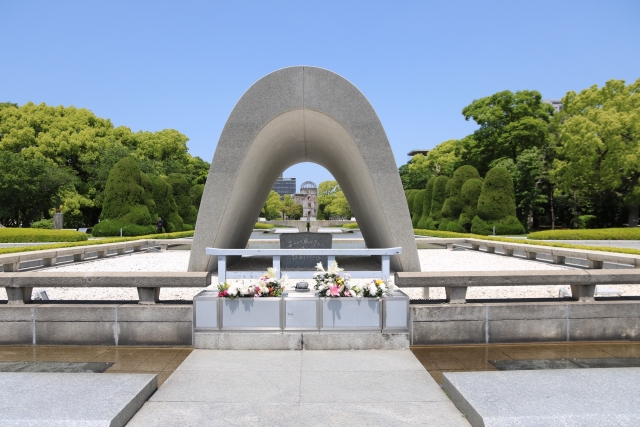
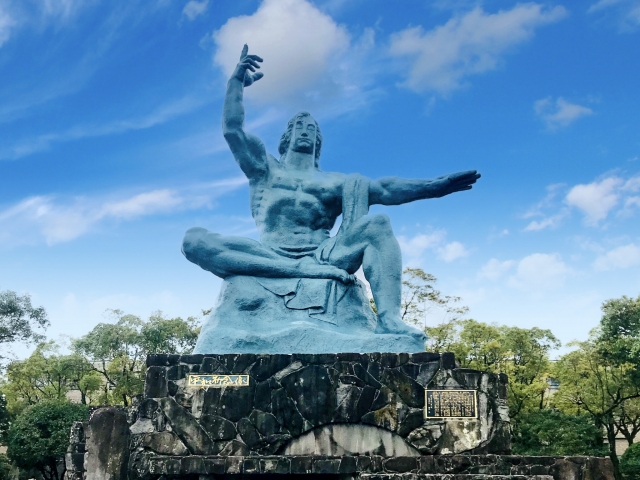
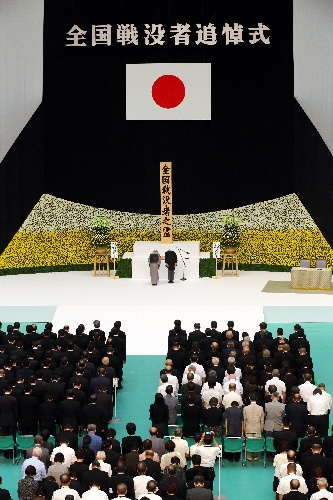
August 13–16 – 旧盆 (Old Bon)
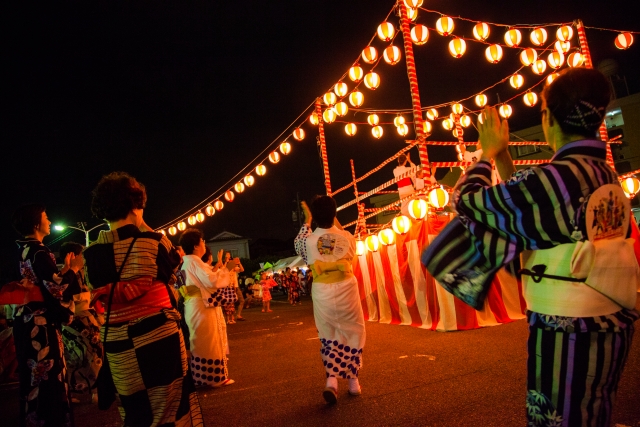
with lanterns and Bon dances.
In many regions outside Tokyo, Obon is still held in mid-August according to the old lunar calendar.
This is one of the most important family times in Japan. Many companies close during this period, and people return to their Furusato (hometowns) to visit graves and pray for their ancestors.
👉 More about Furusato
September
September 18–23 – 秋のお彼岸 (Autumn Higan)

during the Autumn Equinox.
Around the Autumn Equinox (Shuubun), Japanese people observe Higan, a Buddhist custom. For one week before and after the equinox, families visit graves to pray for ancestors, just as they do during the Spring Higan in March. It is believed that the equinox is the time when the world of the living and the world of the ancestors are closest to each other, making it a special moment to remember and honor loved ones.
Overview of Anual Events and Details of Other Seasons
Please find the overview of anual events and details of events in each seasons at following posts.
- Japanese Annual Events: A Year of Traditions and Celebrations
- Spring in Japan: January to March – Festivals and Traditions
- Summer in Japan: April to June – Traditions and Observances
- Winter in Japan: October to DEcember – Festivals and Traditions
Share Your Thoughts
Have you experienced something similar in your own culture?
Your reflections are welcome.
💬 Jump to the comment section


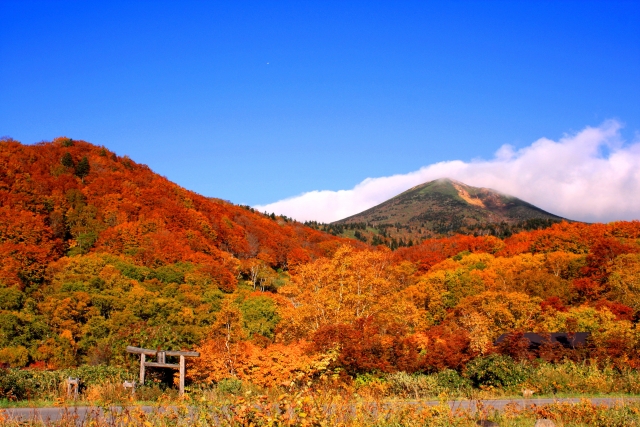


Share Your Perspective